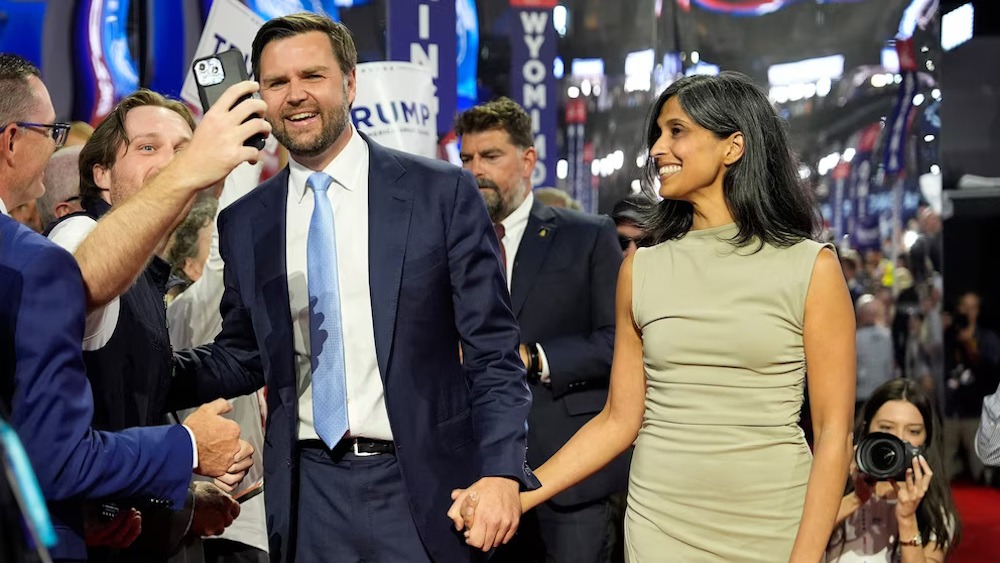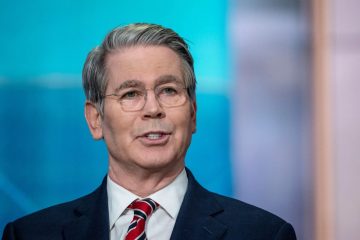JD Vance and the Dream of Indian-Americans

It may come as a surprise that the wife of J.D. Vance, known for his book “Hillbilly Elegy,” has a family background rooted in Indian immigration. Usha Vance, formerly known as Chilukuri, hails from the beautiful city of San Diego. The woman who has the potential to become the second lady represents the success of an immigrant group that has thrived without any quotas or affirmative action.
Indian-Americans have made remarkable accomplishments in this country within just a few generations. It is remarkable how extensive their achievements are and the fact that they have achieved them solely through their own efforts. They have not received any special treatment based on their ethnicity or race from schools, colleges, or the government. Prior to the recent Supreme Court ruling on affirmative action, being an Indian student applying to an Ivy League school posed a significant disadvantage.
I am an ethnic Indian immigrant to the U.S., currently in the process of becoming an American. However, I do not mention this to boast or seek praise. On the contrary, I want to highlight that America has been a place where this ethnic minority has thrived, despite claims of “systemic racism” and widespread “white privilege.” It is interesting to note that despite making up less than 1.5% of the population, two Indian-Americans, namely Nikki Haley and Vivek Ramaswamy, have entered the race for the Republican presidential nomination this year. It’s worth noting that Vice President Kamala Harris was born to an Indian mother. Indian-American CEOs are at the helm of Google, Microsoft, Novartis, Starbucks, FedEx, Adobe, and IBM.
Here are some miscellaneous statistics: Indian-Americans boast the highest median household income in the U.S. among ethnic groups, nearly double that of white households and triple that of black households. A significant majority of individuals possess college degrees, with a notable 40% having pursued postgraduate education. They have remarkably low divorce rates compared to other ethnic groups in the country, and they also have a significant ownership stake in the hotel industry, accounting for 60% of all hotels. The proportion of Indian doctors in this area is 5%, while 10% of students entering medical school are of Indian origin. Indian deans are commonly found at prestigious U.S. business schools such as Chicago, Georgetown, Harvard, Northwestern, and New York University.
Indians are not known for dwelling on grievances. There is no advocacy for increased “representation” in specific economic or political sectors, no pressure group advocating for ethnic enclaves, or for information to be provided in a language other than English. When you call your bank, you won’t be directed to “press 2 for Telugu.” You won’t find Indian parents at American public schools demanding special treatment for their children. Indian-Americans are determined to make the most of the opportunities available to them in their new land, where they have access to a wide range of opportunities that were not available in their ancestral country.
Speaking of the American Dream is not in vogue these days. Doing so can make you seem outdated or overly emotional in some circles. Indian-Americans are a group that strongly believes in the American Dream. With an economist’s perspective, they confidently reject the notion that America discriminates against individuals based on race, refusing to apologize for their determination to succeed.










